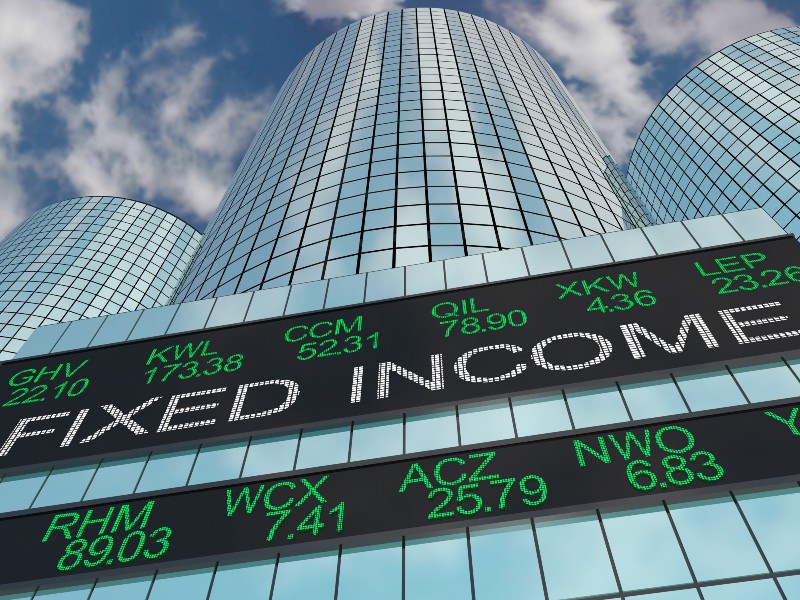

This time last year, the FTSE Canadian universe bond index was yielding a paltry 2.3 per cent and few, if any, anticipated how strong fixed-income returns would be in 2020.
Over the year, the index returned 8.7 per cent due to a significant drop in interest rates in the first half as the Bank of Canada cut interest rates to close to zero and implemented an aggressive bond purchase program to counteract the impact of the global pandemic.
Looking ahead, we’re more sanguine in our outlook for 2021 fixed-income returns. Interest rates sit close to historic lows, with the FTSE Canada universe bond index yielding 1.2 per cent as of Dec. 31, 2020. Inflation expectations, a key factor underpinning interest rates, are at around 1.5 per cent, persistently below the BoC’s inflation mid-point target of two per cent. Further, all indications suggest interest rates will remain low for an extended period. Both the BoC and the U.S. Federal Reserve have signalled a commitment to maintaining short-term interest rates close to zero as the economic recovery gains traction and have extended asset-purchase programs. In this environment, many fixed-income investors are asking, where will bond returns go next?
The prospective nominal returns from investment-grade fixed-income portfolios are strongly anchored by their yields. That would imply that Canadian universe portfolios should expect to return just over one per cent, nominal, over the next few years, assuming interest rates remain at current levels. However, in addition to the portfolio yield, several other factors will influence fixed-income returns, including:
- ‘Roll down,’ which is the expected capital gains from bonds as their yield declines (or rolls down) the typically upward-sloping yield curve due to the passage of time; this component of return can be material to the total return calculation, particularly when yield curves are steep and bond yields are low;
‘Carry,’ which is the additional yield generated in active fixed-income portfolios relative to the benchmark, typically achieved by holding a higher weight in corporate and/or provincial bonds compared to the index.
We estimate the combination of these two factors adds 30 to 60 basis points to annual fixed-income returns, resulting in an expected return from Canadian universe portfolios of approximately two per cent, nominal, before considering the impact of additional active strategies.
Longer term, we expect bond yields to rise, particularly if fiscal spending remains elevated; however, we expect the rise in rates to be modest, limited by secular pressures that include demographics and technological advancement.
The evolving role of fixed-income in a low-rate environment
Rising interest rates over the longer term will be a headwind to fixed-income returns. Nonetheless, we believe that fixed-income should continue to play a pivotal role within portfolios due to its low correlation to equities and other asset classes with equity-like characteristics. Together with fixed-income’s generally lower absolute volatility, this can provide a welcome dampener to the variability of portfolio returns (remember March 2020). Further, fixed-income continues to provide an expected total return in excess of long-term inflation expectations.
In an environment of low rates, the role of active management as a source of additional portfolio return is increasingly important. A skilled active fixed-income manager can employ many tools to add value to a bond portfolio, including interest rate, liquidity and yield-curve management, sector allocation, and security selection. With the decline in rates, the value added from active management is expected to make up a greater portion of total portfolio return in the future.
Finally, depending on ability and appetite, investors may choose to take on additional credit risk to augment fixed-income returns by including an allocation to higher-yielding strategies such as high-yield bonds or loans. Aside from adding a standalone sleeve, a common way to achieve this added exposure is by switching from a traditional universe core bond fund to a core-plus bond fund in which the ‘plus’ portion of the fund is managed dynamically by the fund manager.
Catherine Heath is a vice-president, portfolio manager at Leith Wheeler Investment Counsel. These views are those of the author and not necessarily those of the Canadian Investment Review.
